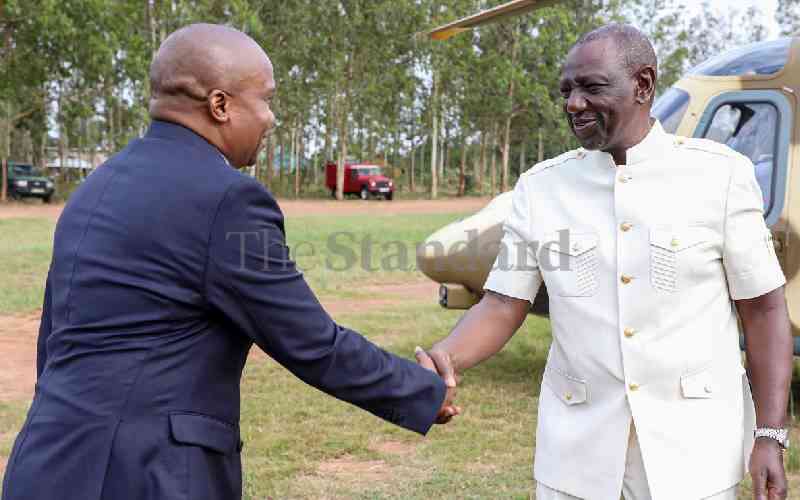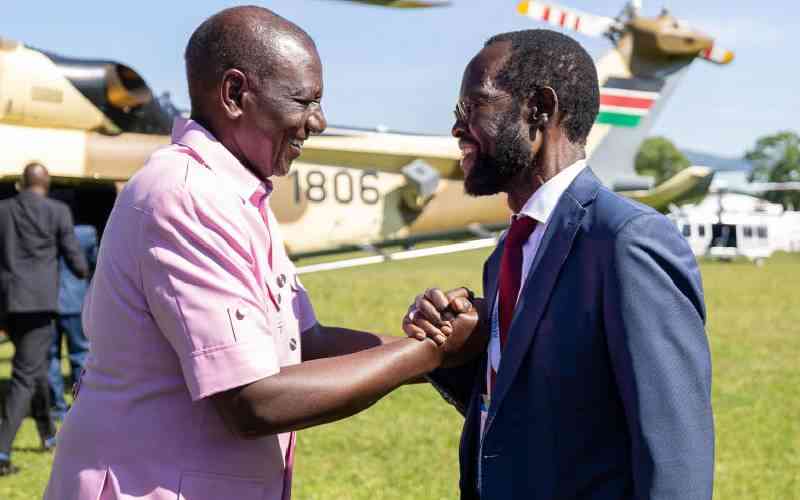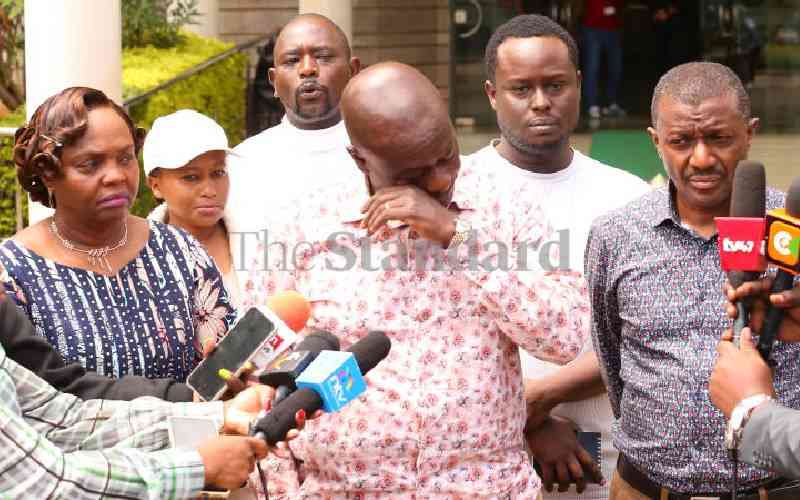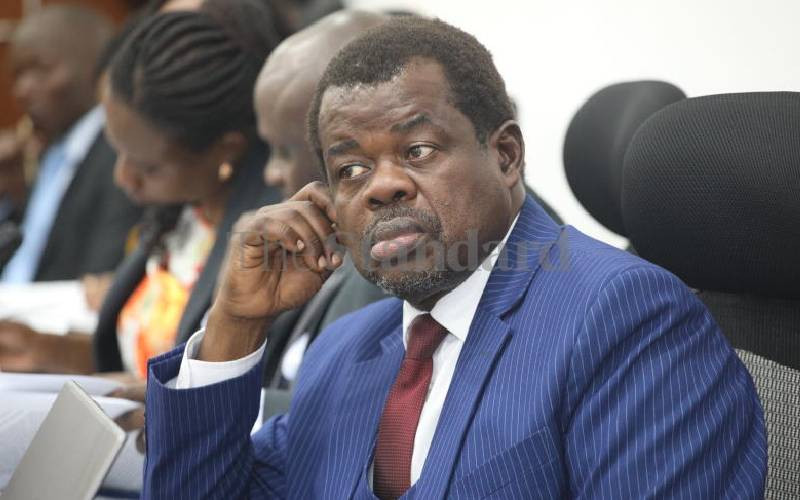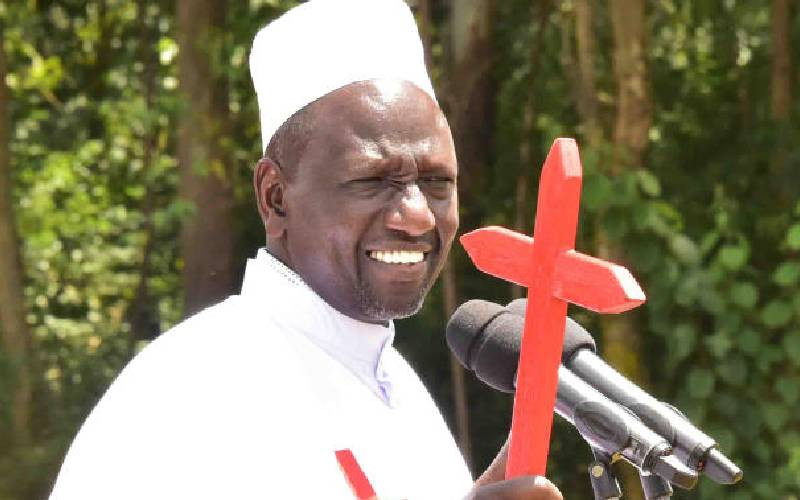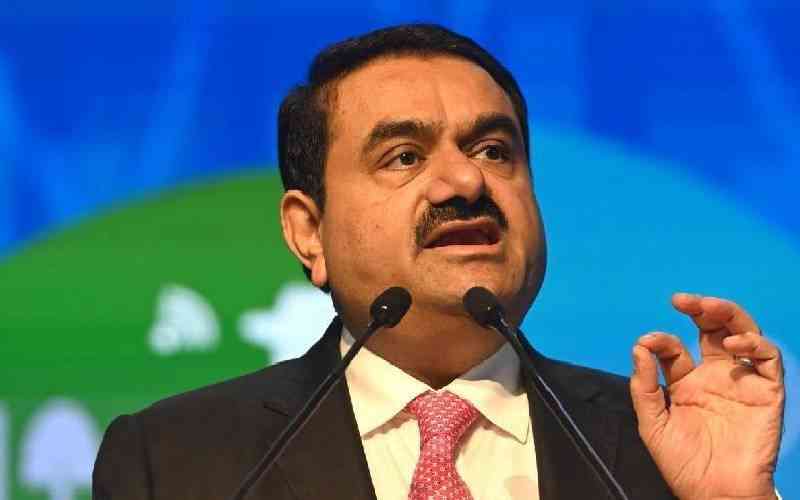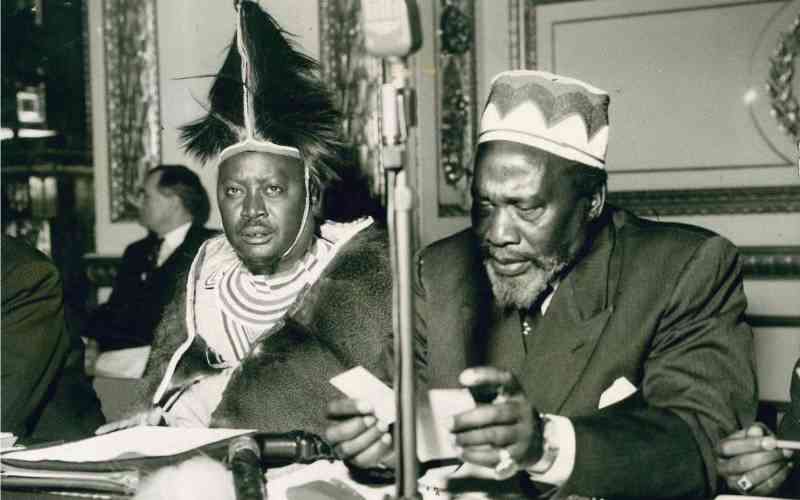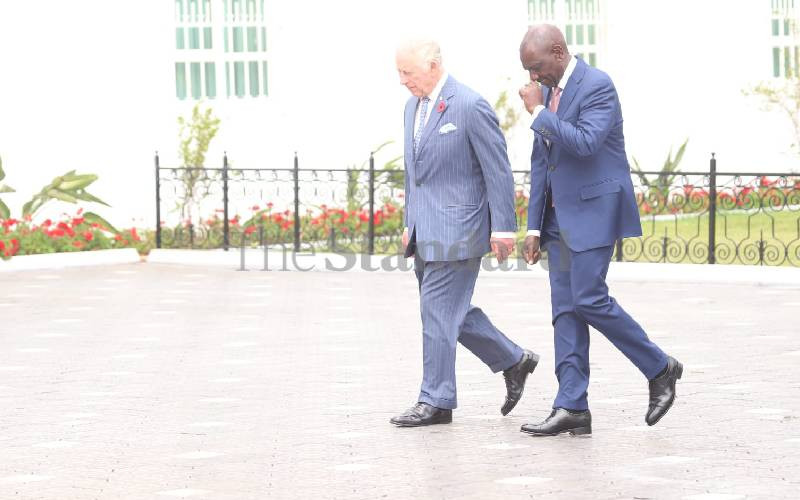
King Charles III and Queen Camilla's visit as royals to Mombasa would find many footprints of their family in the Coast region.
Mombasa City played host to the late Queen Elizabeth II in 1963. Queen Elizabeth II, who died in September 2022, was King Charles III's mother.
The family is "revered" in Mombasa, known for an imposing four aluminum tusks in an M shape, representing Mombasa, across Moi Avenue, previously Kilindini Road, right at the heart of Mombasa town.
It is the late Queen's sister, Princess Margaret, who first visited Mombasa in 1956. In neighboring Kilifi, the monarchy is infamous for atrocities during the 1914 Giriama uprising led by Mekatilili wa Menza.
Lawyer Joseph Mwarandu said many Mijikenda youth were killed in the First and Second World Wars, and 200 traditional Giriama priests (Gohu) were burned to death at Katangani by the British military.
"The probe into atrocities committed by the British covered between 1952 to 1963 during the Mau Mau uprising should be concluded," said Mwarandu, a secretary of the Malindi District Cultural Association (Madca).
He added: "Our youth died in the first and second world wars, our traditional priests were burned to death, our women were raped, our cattle and granaries were burned during the Giriama uprising."
The biggest uprising, according to historical accounts, was on January 14, 1914, near Shakahola Forest, during the forced enlistment of the youth to join the British Army to fight in the First World War.
On this eventful day, hundreds of Giriama people were killed while Mekatilili and her son-in-law Wanje wa Mwadorikolo were arrested and sent to Kisii to be jailed.
But in recent years, the revered treasured Vigago, a carved wooden 9ft tall artifact stolen from the Giriama, during the colonial rule and taken to Europe and the US, is being returned.
The Vigago serves as a memorial for reincarnated spirits of the dead among the Mijikenda people.
In Mombasa, National Museums of Kenya (NMK) said Queen Elizabeth II was among the many celebrities who patronised the Mombasa Club (Yatching Club), adjacent to the Fort Jesus within Mombasa Old Town.
"Many celebrities have patronised this place, including Queen Elizabeth in 1963," says NMK in its records.

Founded in 1897, Mombasa Club is the oldest club in Kenya and was, when it opened, exclusively reserved to a white male clientele.
Its European members were not more than 50. To qualify for membership, one was required to have an income of 250 sterling pounds a year.
Today, although admission is still limited to membership, there are no more restrictions on race, gender, or income.
In 1952, Mombasa became its main landmark when wooden structures resembling elephant tusks were erected to commemorate visits by the British royal family.
Princess Elizabeth was then visiting colonial Kenya and Mombasa had prepared to receive her, but the tour was cut short while in Nyeri following the death of her father. She had to be airlifted home to be officially crowned queen.
Today, the monument comprises four aluminum tusks in an M shape (representing Mombasa) across Moi Avenue, previously Kilindini Road, right at the heart of Mombasa town.
There were originally just two tusks over Moi Avenue, which was then a one-lane road. However, the road was later expanded to two lanes, and a new set of tusks was built in 1956 by the Mombasa municipal council.
The refurbishment was in preparation for the visit of Queen Elizabeth II's sister, Princess Margaret, to the region in 1956.
Former Mombasa mayor Rajab Sumba remembers Princess Margaret's visit to Mombasa when she made her way to view the imposing tusks erected in honor of the royal family.
"I was around 18 years old and working with a petroleum company at Shimanzi in Mombasa. The modern tusks were put up in honour of Princess Margaret in 1956," he recalls.
The four new tusks, two over each lane, are made of weather-resistant aluminum and have become a major tourist attraction and a meeting place for many as the structures lay near the Uhuru Gardens recreational park. The monument is under the jurisdiction of the NMK and Mombasa County government.
In 2017, the county government and its partners refurbished the tusks. They added wooden models of elephants to the center of the tusks as part of aesthetics.
Former Fort Jesus museum curator Mr Jimbi Katana noted that many buildings at Mombasa's Treasury Square and the Old Town have British footprints.
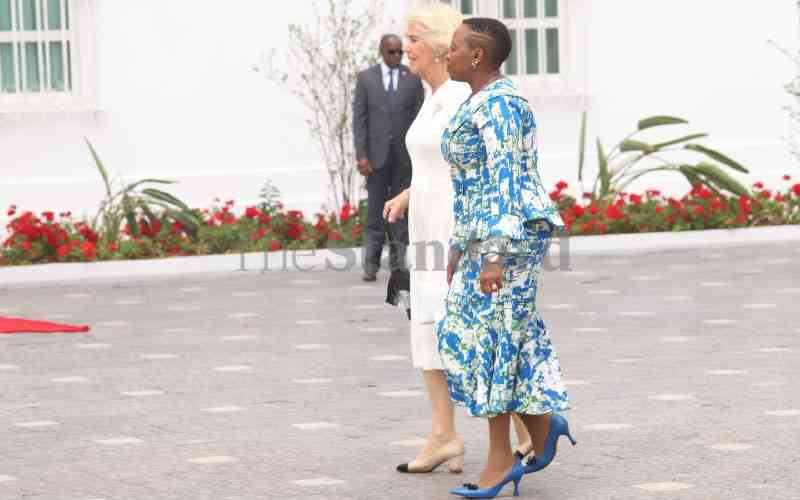
He cited the Ivory House behind the KCB Treasury Square, the Government Square at Mombasa Old Port, and the Mombasa Yachting Club (Mombasa Club).
"The Mombasa Club remains one of the most popular places that celebrities from the United Kingdom visited," he explained.
At Mama Ngina Waterfront Park in Mombasa, he said the green spaces bear many historical traces, such as the military bunkers. The British used the bunkers during the First and Second World Wars.
Mana Hotel near the Customs House in Mombasa, which was demolished nearly 20 years ago, was also a popular haven for British settlers from Nanyuki and elsewhere who visited Mombasa.
Sarova Hotels and Resorts group managing director Jimi Kariuki, said the UK has invested a lot in Kenya's tourism and infrastructure-related projects, citing the modern cruise ship terminal at the port of Mombasa funded through Trademark East Africa.
"The UK and the British Royal family, in particular, have been very strong supporters of wildlife conservation in Kenya through charities such as TUSK, whose Royal patron is Prince William, Prince of Wales," said Kariuki.
The veteran hotelier, who also served as chairman of the Kenya Tourism Board (KTB), said the introduction of direct passenger flights between the UK and the Kenyan Coast should be effected to boost tourism. He said that good air accessibility is key to the success of long-haul tourism destinations.
"Whereas Nairobi is quite well serviced by Kenya Airways and British Airways from the UK, the coastal destinations are not," he argued. He said since 2014, there have been no charters flying to the coast.
 The Standard Group Plc is a multi-media organization with investments in media platforms spanning newspaper print
operations, television, radio broadcasting, digital and online services. The Standard Group is recognized as a
leading multi-media house in Kenya with a key influence in matters of national and international interest.
The Standard Group Plc is a multi-media organization with investments in media platforms spanning newspaper print
operations, television, radio broadcasting, digital and online services. The Standard Group is recognized as a
leading multi-media house in Kenya with a key influence in matters of national and international interest.

